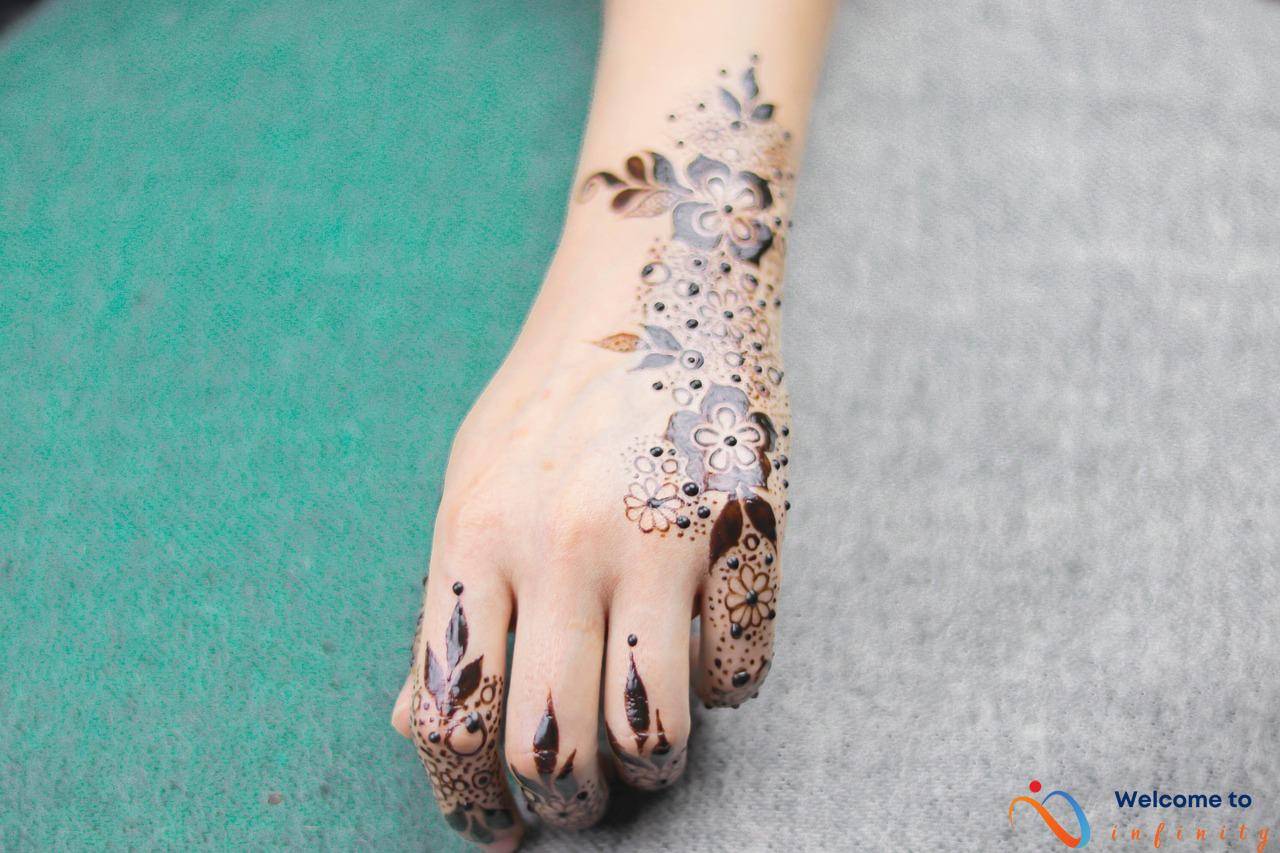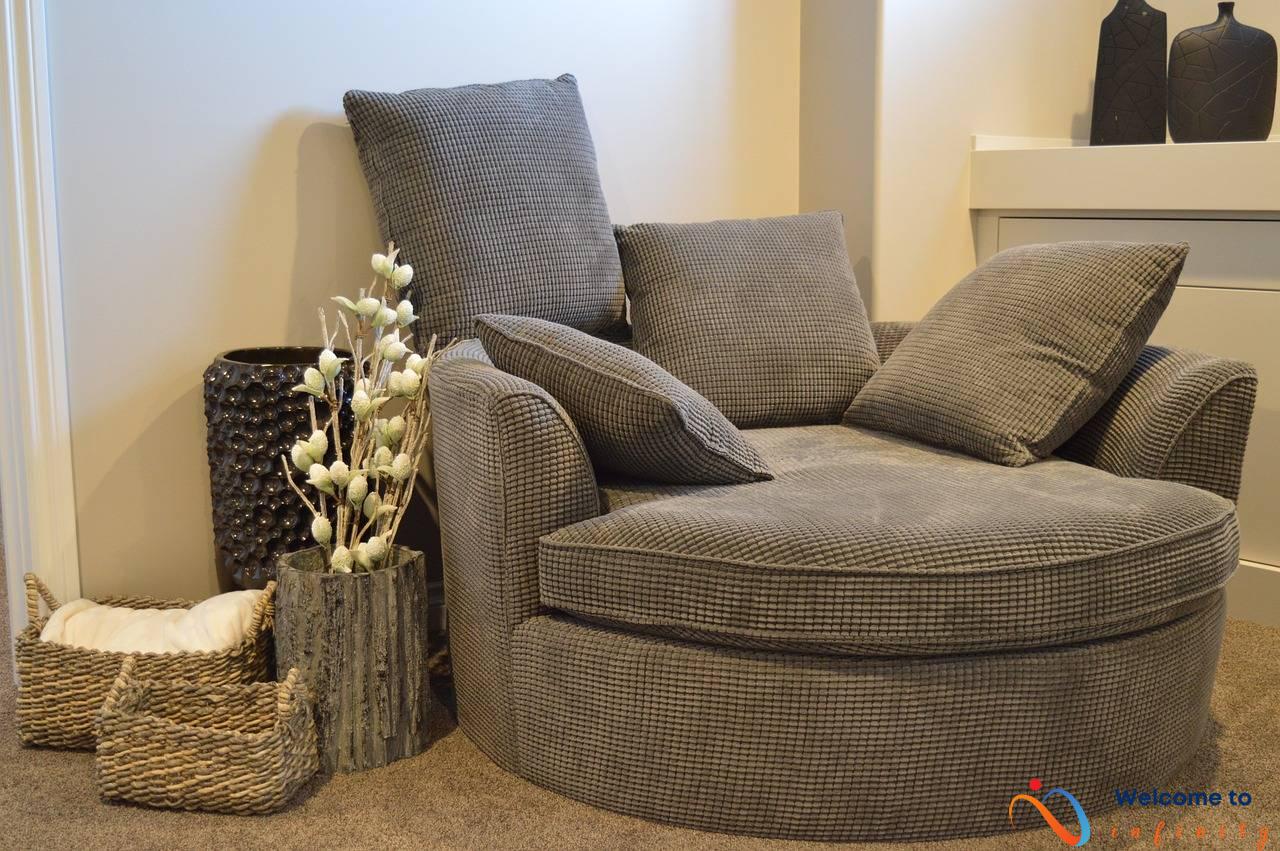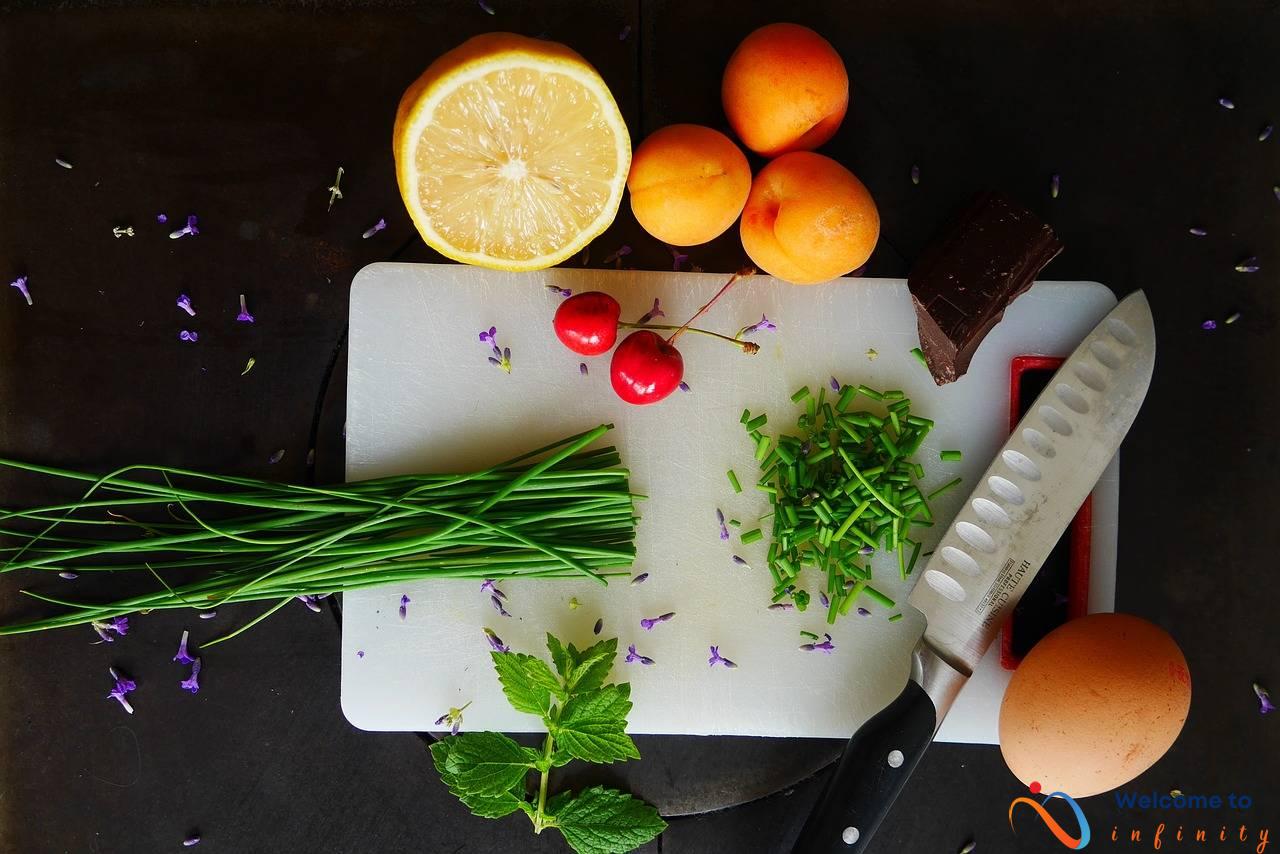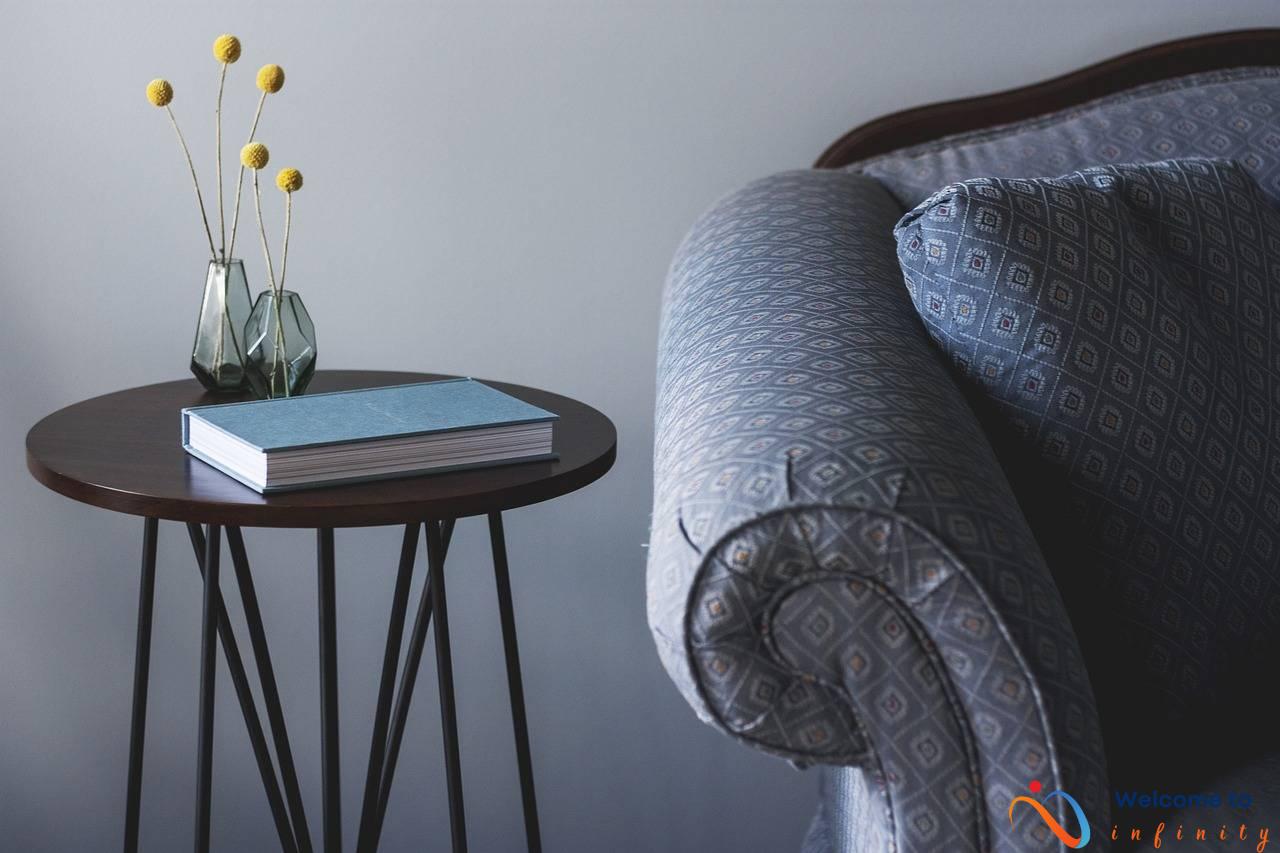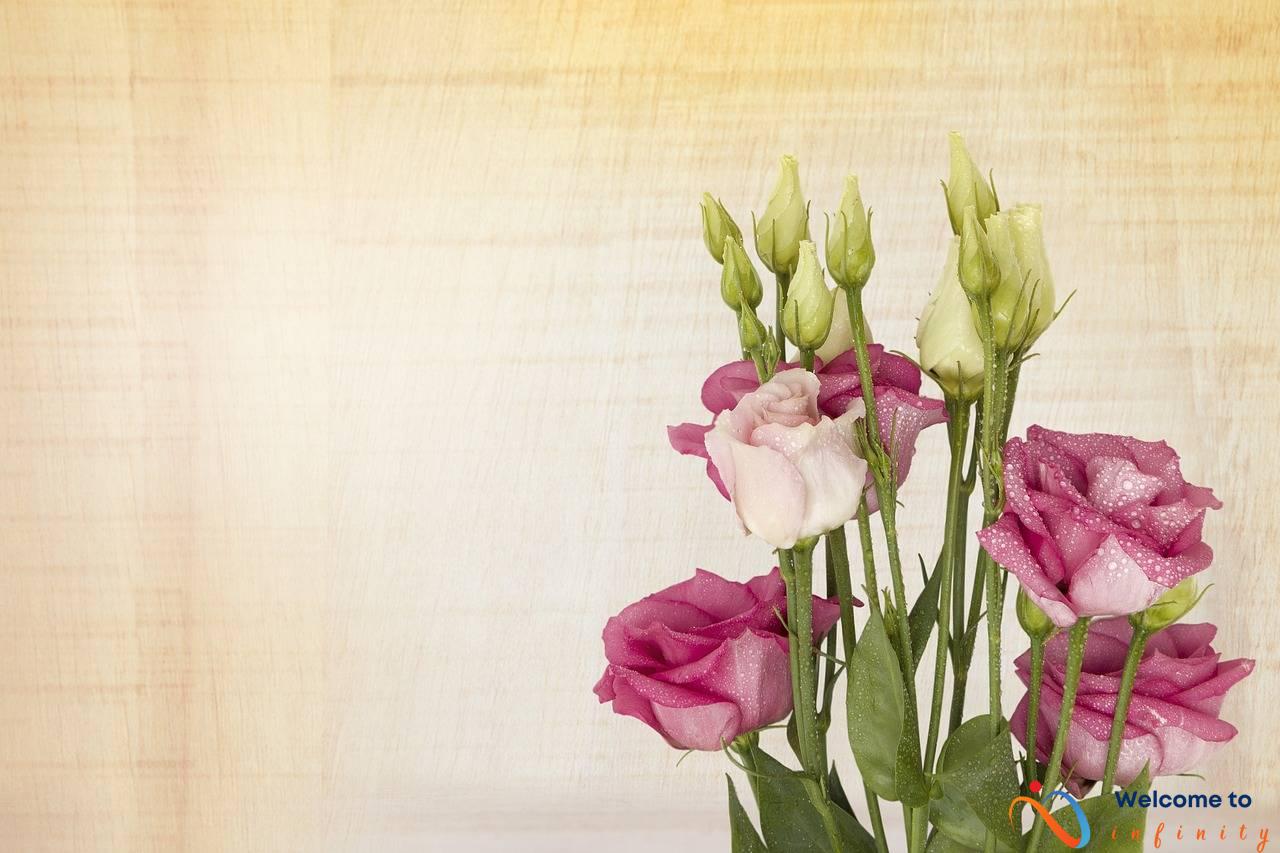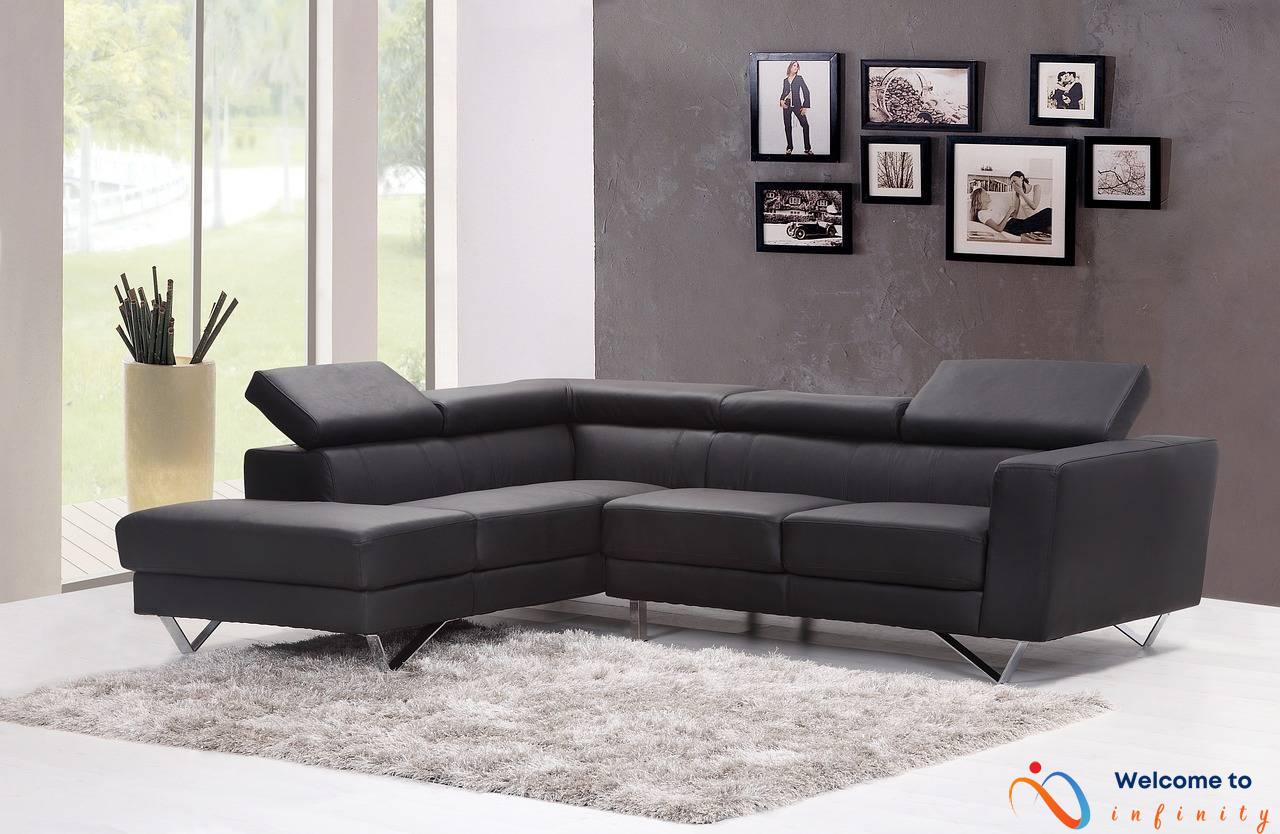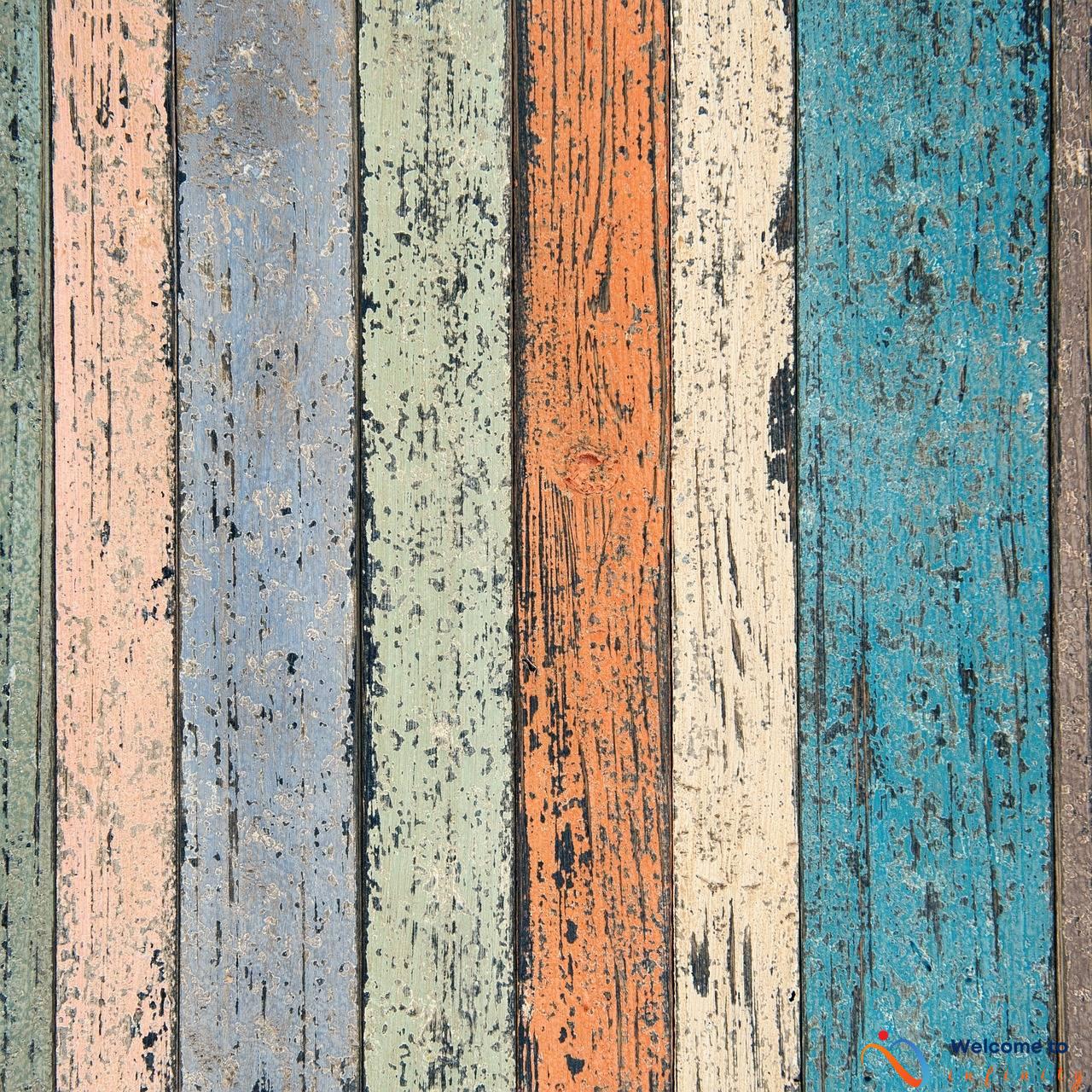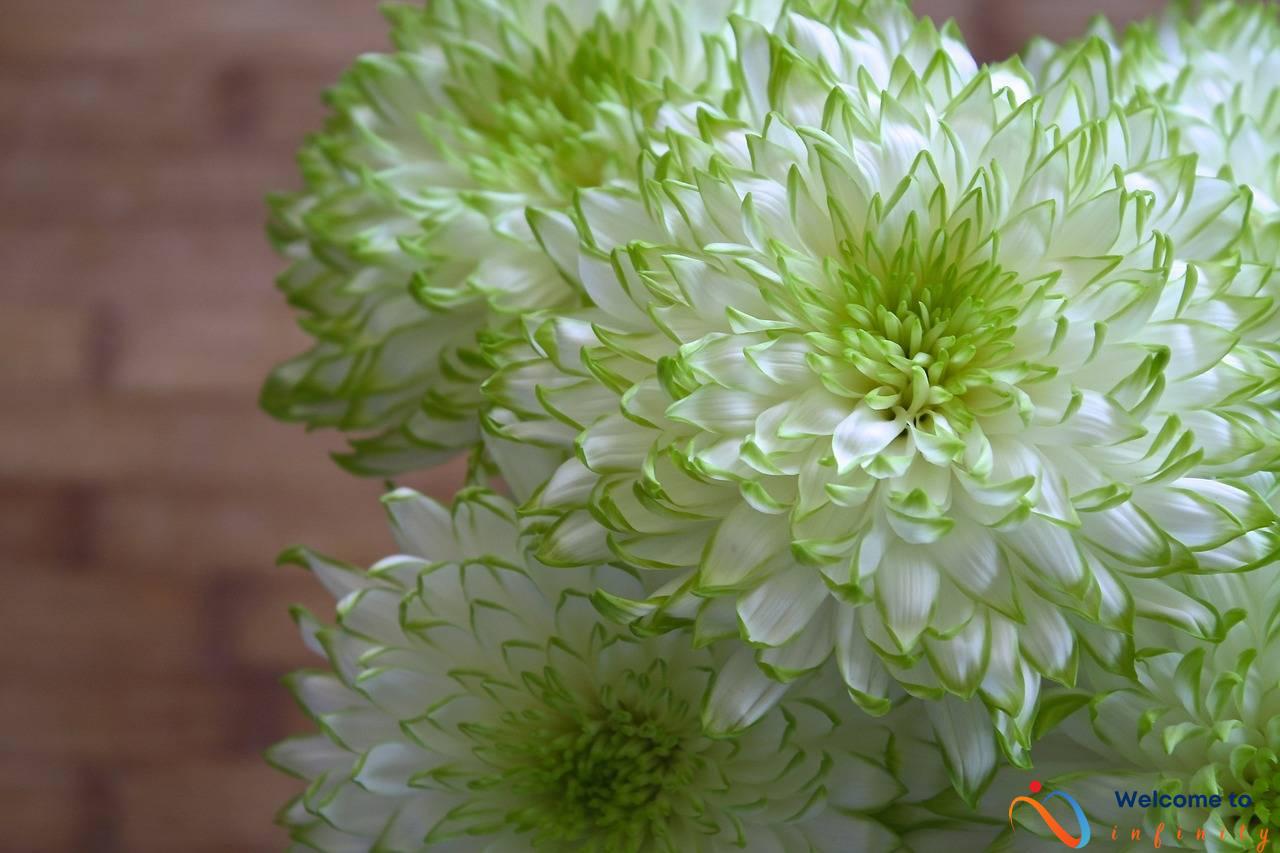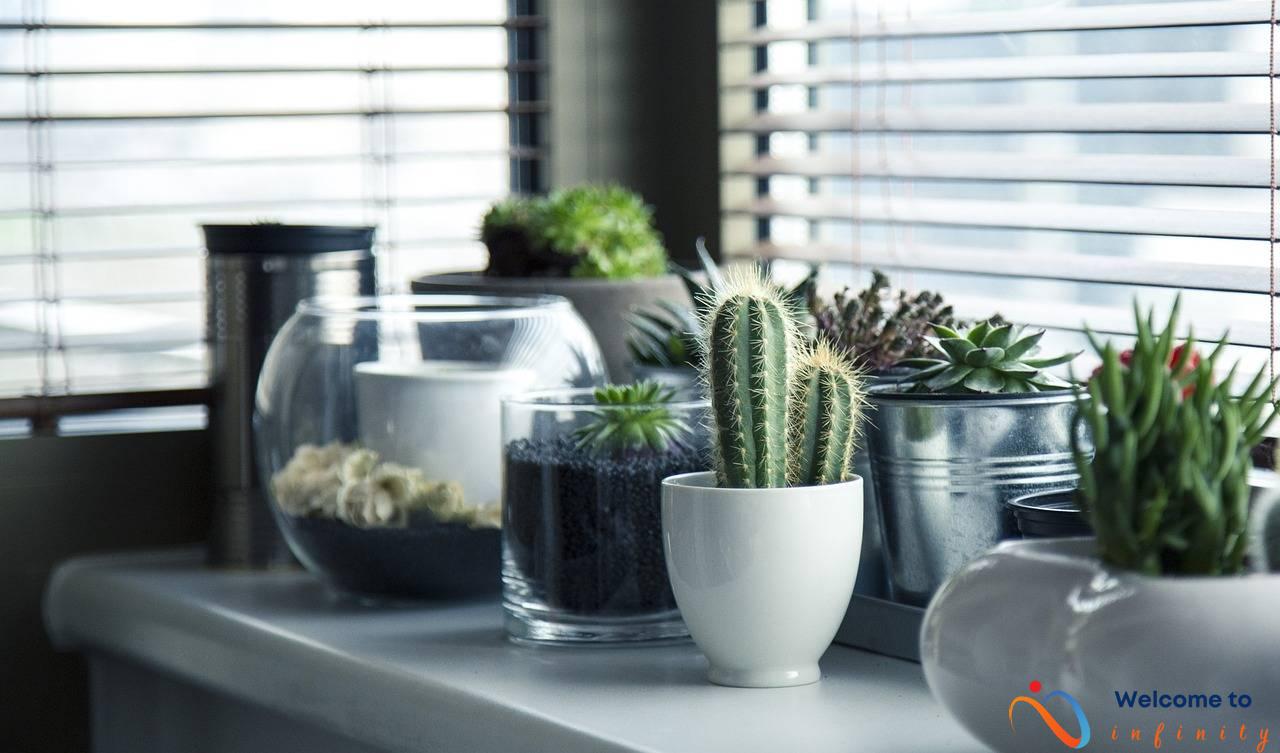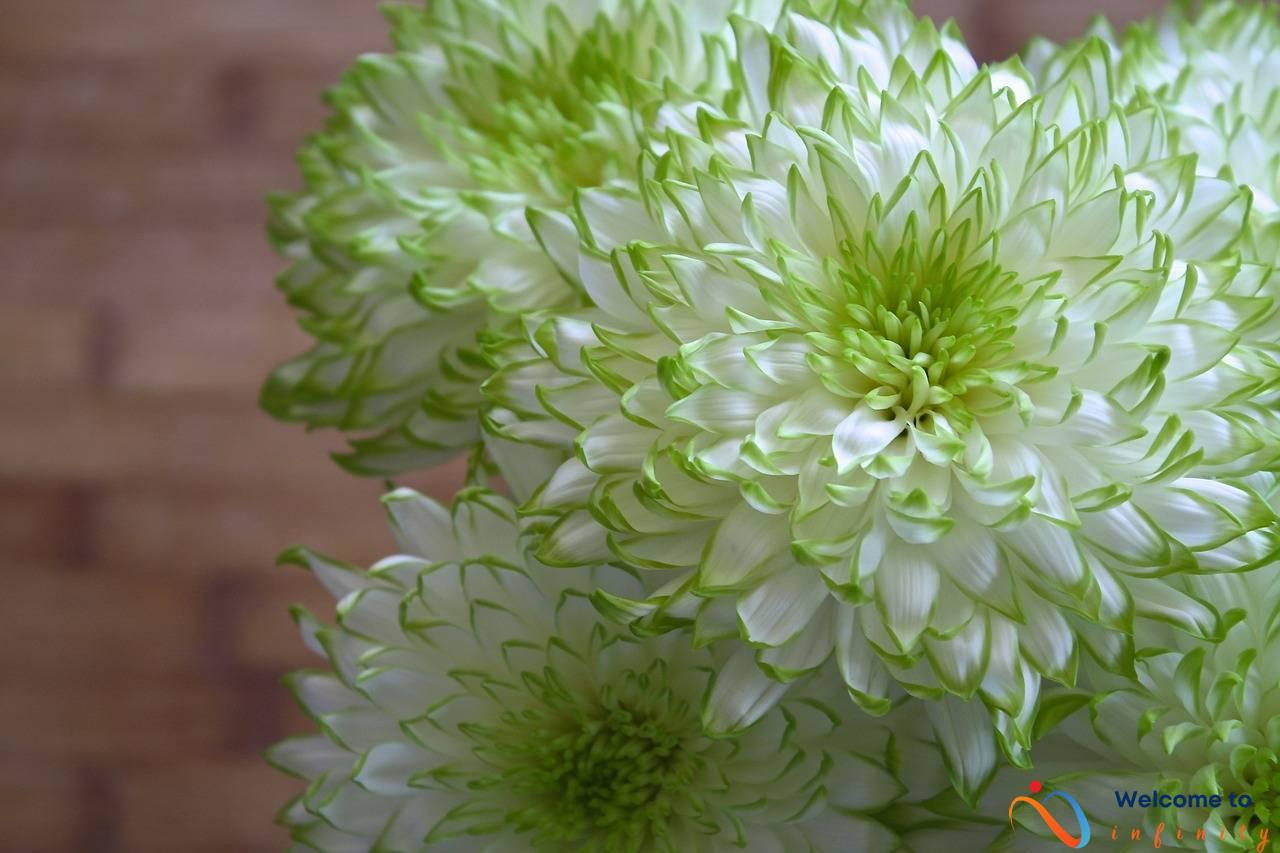In today's world, people are realizing the impact their actions have on the environment and are making conscious efforts to lessen their carbon footprint. As a result, sustainable home decor is gaining popularity. By adopting the three R's – Reduce, Reuse, and Recycle – into your home decor, you can contribute to the betterment of the environment, while still staying true to your design aesthetic.
The first R, Reduce, involves cutting down on your consumption of new items. This can be achieved by opting for second-hand furniture, accessories, and decor items. Not only can this be a cost-effective option, but it also helps to decrease the amount of waste sent to landfills. Additionally, you can reduce your use of non-recyclable materials in your home decor by selecting alternatives that are environmentally friendly and sustainable.
The second R, Reuse, is all about getting creative with old items and giving them a new lease of life. Before you throw out an old piece of furniture or decor, consider how it can be used in a different way. Upcycling is a great solution; this involves taking something that is no longer wanted and turning it into something new and useful. Alternatively, you can repurpose items around your home for different uses, or even find hidden gems at flea markets, which you can incorporate into your home decor.
The final R, Recycle, involves ensuring that your home decor items are disposed of responsibly, without causing harm to the environment. This can be achieved by recycling items that can be reused from old furniture and decor items. When purchasing new decor items, opt for those made from recycled materials. Proper disposal of recyclable materials is essential to keeping waste out of waterways and landfills, so make sure you research proper disposal methods.
Reduce
Reducing your consumption of new home decor items is a significant way to contribute to a better environment. You can employ various ways to reduce waste while still maintaining your design aesthetics.
- Buy less – Purchase only the items you absolutely need.
- Borrow or swap – If you need something for a limited time, try borrowing or swapping it with someone else instead of buying it.
- Buy second-hand – Consider buying used items from thrift stores or online marketplaces instead of new ones.
- Choose quality over quantity – Opt for high-quality, durable items that will last longer rather than those that will need replacing frequently.
You can further reduce your waste by investing in pieces that serve multiple purposes, such as functional storage furniture. By being conscious of your buying choices, you can reduce the amount of waste you generate, helping to preserve the environment while still maintaining your design taste.
Reuse
Before you decide to discard furniture or decor, consider how you can use it again in a different way. One way to reuse existing home items is by upcycling them, which involves turning old and unwanted items into something new and useful. Upcycling can be a fun and creative way to add a unique flair to your home decor while keeping items out of landfills.
If you're not sure where to start, consider trying some DIY decor projects. DIY decor is an excellent way to upcycle old items and make them new again. You can find inspiration for these projects online or in creative books. Here are some DIY decor ideas to get you started:
- Turn old glass jars into decorative vases for flowers or plants.
- Transform old t-shirts into decorative throw pillows.
- Use old maps to create a unique and personalized wall art piece.
- Repurpose old wooden pallets into a chic coffee table.
Another way to reuse existing home items is by repurposing them. For example, you can use an old ladder as a bookshelf or a vintage suitcase as a side table. Look around your home and see what items could be repurposed in creative and unique ways.
Flea markets are also an excellent place to find home decor items that can be reused. You can find unique and exciting pieces at flea markets and antique stores that can add personality to your home. Consider repainting or refinishing old furniture pieces to give them a fresh new look.
By reusing existing home items, you can save money and reduce waste. It's also an excellent opportunity to get creative and put your own personal touch on your home decor.
Upcycling
Upcycling is a great way to bring new life to old and unwanted items. It's the process of repurposing something that would otherwise be thrown away into something new and useful. Upcycling is a sustainable and eco-friendly way to decorate your home, and it can also be a fun and creative project. Here are some ideas to get you started with upcycling:
- Turn old t-shirts into a woven rug by cutting them into strips and braiding them together.
- Create a unique and rustic shelf by using old wooden crates or pallets.
- Turn old mason jars into flower vases or candle holders.
- Use old coffee cans as planters for your herbs or flowers.
When upcycling, it's important to keep in mind the original purpose of the item and find creative ways to use it in a new way. Not only does upcycling reduce waste in landfills, but it also saves money and adds a personal touch to your home decor. So the next time you're considering throwing something away, think about how you can upcycle it instead!
DIY decor
DIY decor is a fun and creative way to upcycle old items and make them unique. Here are some DIY decor ideas to help you get started:
- Mason jars: Turn mason jars into candle holders or flower vases by painting them or adding lace or ribbon.
- Oversized letters: Paint oversized letters to spell out words or phrases that are meaningful to you. Hang them on the wall or use them as shelf decor.
- Picture frames: Turn old picture frames into unique wall art by adding a coat of paint or covering them with colored paper or fabric.
- Pallet wood: Use pallet wood to create a rustic and unique centerpiece or wall decor. Sand it down and add a coat of paint or keep it natural to add some texture to your space.
- Clothespins: Use clothespins to hang up photos or create a DIY photo album. Add some paint or glitter to give them some personality.
- Tin cans: Paint or decorate tin cans to create unique and practical storage containers for your pens, pencils, makeup brushes, or kitchen utensils.
DIY decor not only allows you to create unique pieces tailored specifically to your style and taste, but it also helps reduce waste and save money. So get creative and start transforming your old items into something new and beautiful.
Repurposing
Repurposing items is a great way to give them a new lease on life and reduce the amount of waste in our landfills. Here are some ideas for repurposing old items around your home:
- Turn old glass jars into candle holders or vases
- Use old wooden crates or pallets as shelves or planters
- Turn an old ladder into a towel rack or plant stand
- Repurpose old t-shirts into cleaning rags or reusable shopping bags
- Use old picture frames to create a unique wall art display
By repurposing old items, not only are you reducing waste, but you're also adding unique and personalized touches to your home decor. Get creative and see what items you can transform!
Flea market finds
If you're looking for unique and sustainable home decor items, flea markets are the perfect place to start. Flea markets are usually packed with hidden gems that can be repurposed and used for your home decor. Here are some tips on how to use flea market finds in your sustainable home decor:
- Look for versatile pieces: When shopping at flea markets, look for pieces that can serve multiple functions. For example, an old ladder can be turned into a bookshelf, a garden trellis, or a towel rack.
- Think creatively: Flea market finds don't always have to be used for their original purpose. Use your creativity to come up with new and innovative ways to use them. For example, old sewing machine drawers can be turned into a unique and functional wall art.
- Restore and upcycle: Don't be afraid to take a piece that might not be in the best condition and restore it to its former glory. Repainting, reupholstering, and adding new hardware can make a huge difference in the appearance and functionality of an item.
- Use vintage fabrics: Vintage fabrics can add a unique and timeless touch to your home decor. Look for old tablecloths, napkins, or even vintage wallpapers to use as accents in your home.
- Don't forget the details: Small items like candlesticks, frames, and vases can add a lot of character to a room. Look for unique pieces that catch your eye and use them to enhance your sustainable home decor.
Overall, flea market finds are a great way to create a sustainable and unique home decor. By using items that might have ended up in a landfill, you're helping the environment, and by adding your own personal touch, you're creating a welcoming and one-of-a-kind space.
Recycle
Recycling is an important aspect of sustainable home decor as it reduces waste in landfills and waterways. By recycling your home decor items, you can contribute to the conservation of natural resources and reduce the impact of waste on the environment. Here are some ways to recycle your home decor items:
- Donate: Instead of throwing away unwanted home decor items, consider donating them to a local charity or thrift store. This way, someone else can find use for the item, and it won't end up in a landfill.
- Repurpose: You can turn old home decor items into new ones by repurposing them. For example, an old picture frame can be repurposed into a chalkboard or a jewelry holder. Get creative and see what you can come up with!
- Recycle proper materials: Certain home decor items can be recycled, such as glass, plastic, and metal. Check with your local recycling center to see what materials they accept and how to properly recycle them.
Recycling is just one of the many ways you can incorporate the 3 R's of sustainable home decor into your lifestyle. By reducing, reusing, and recycling, you can create a beautiful and eco-friendly home that's good for both you and the environment.
Proper disposal
Recycling materials is an important step in reducing waste and protecting the environment. However, it is equally important to dispose of recyclable materials properly to ensure that they are recycled correctly. Here are some tips on how to properly dispose of your recyclable materials:
- Check with your local recycling center to find out what materials they accept. Different cities and states have different regulations when it comes to recycling, so it's important to research what can and cannot be recycled in your area.
- Make sure that your recyclables are clean and dry before placing them in the recycling bin. Wet or dirty materials can contaminate other recyclables and render them unusable.
- Avoid mixing materials that cannot be recycled together. For example, plastic bags cannot be recycled with other types of plastics and should be brought to a separate recycling center or retailer that accepts them.
- Dispose of hazardous materials properly. Items such as batteries, light bulbs, and electronics should not be placed in the recycling bin and require special disposal methods.
- If you are unsure about how to recycle a particular item, contact your local recycling center or search for information online. Many products now come with recycling instructions on the packaging.
By properly disposing of your recyclable materials, you can ensure that they are recycled into new products and keep them out of landfills and waterways. Remember to always check your local regulations and research your recyclables to make sure you're doing your part in protecting the environment.
Recyclable decor
As we become more mindful of our environmental impact, it's important to make sustainable choices, even when it comes to home decor. Choosing decor items made from recycled materials is an easy way to make a positive impact. Here are some options to consider:
- Recycled glassware: Many companies now offer beautiful glass vases, bowls, and cups made from recycled glass.
- Recycled plastic rugs: Plastic waste can be transformed into stylish outdoor rugs that are durable and easy to clean.
- Recycled paper decor: From lampshades to wall art, decor made from recycled paper is a creative and eco-friendly option.
- Upcycled furniture: Instead of buying new furniture, look for pieces that have been upcycled from old materials. For example, a coffee table made from reclaimed wood or a chair upholstered in repurposed fabric.
When shopping for recyclable decor, make sure to check for certification from third-party organizations that ensure the products meet environmental standards. Additionally, choosing decor made from recycled materials not only helps the environment, but can also give your home a unique and personalized touch. So next time you're in the market for some new decor, think about choosing a sustainable option that reduces waste and supports a healthier planet.

